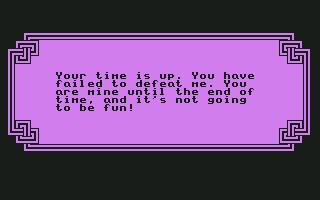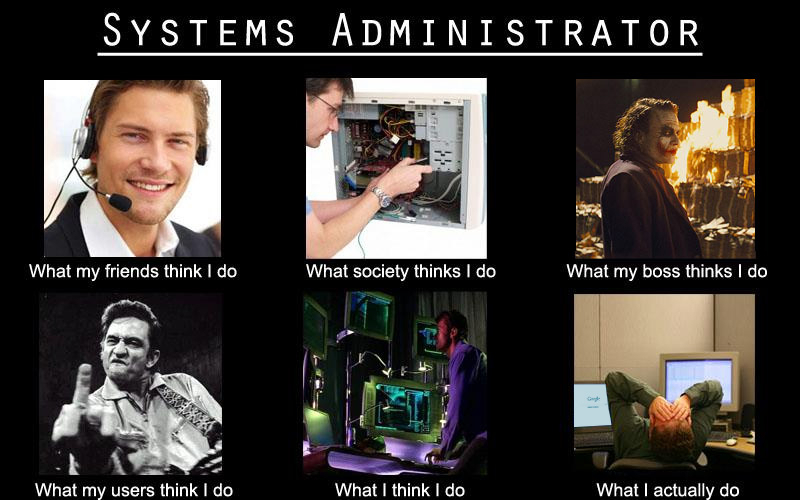Ha, got your attention with this vocal headline? It is obviously not true that C64 games suck, well at least not all of them. But when I started thinking about making a C64 game, the first thing I did was reflecting about what I like and what I hate in existing C64 games. And to be honest, the things I hated were an overwhelming majority. I realized that I am actually hardly ever motivated enough to play through an adventure or RPG game on the C64, although I do this pretty frequently for PC games. So I made a list of things that I really hate and that I want to avoid in a game I am writing myself.
- Cumbersome user interface. The C64 has so many keys, so let’s use every single one of them! Many old school adventures really made use of this and made me pull my hair off on the desparate search for this darn key for the Fireball spell. Sure, this was documented in the manual, but who plays still with a manual on his knees nowadays? A user interface should be simple and follow the habits that people are used to today. E.g. run/stop could be a replacement for escape and interrupt a cut scene, or cursor keys and return can be used for selecting options.
- Frequent and eternal loading. I have especially fond memories of the game “Knights of Legend”, that would require two disk swaps and several minutes of loading to show the inventory (this was cleverly combined with the cumbersome user interface of point 1, so it happened frequently that I would accidently hit the inventory key and needed to follow this procedure without any chance to cancel it). This is a tough one, as the C64 really has a small memory and loading is slow, even with fast loaders. So what can you do? At least try to load, when there is a break in the story anyway. I read an interesting paper about the psychologic effect of progress bars. Not only do progress bars make the waiting feel shorter, but adding an animation makes them even feel progress faster! And finally, if there is the need for a long load, well then at least it should be worth it and reward the player with as much new stuff as possible. New music, new tilesets, etc.

- No in-game explanation of background story. Although I love the presence of additional printed material for games, I think a story should be understandable without reading hundreds of pages in the manual before you start. A cut scene here and there and a bit of in-game text can really make a game much more immersive.
- Instant death. We all know it from 80s games and hate it. Full stop.

- Starting over and over again. This surely depends on the genre, but for most games I think a save/restore mechanism is not hard to do and can save the player from a lot of frustration.

